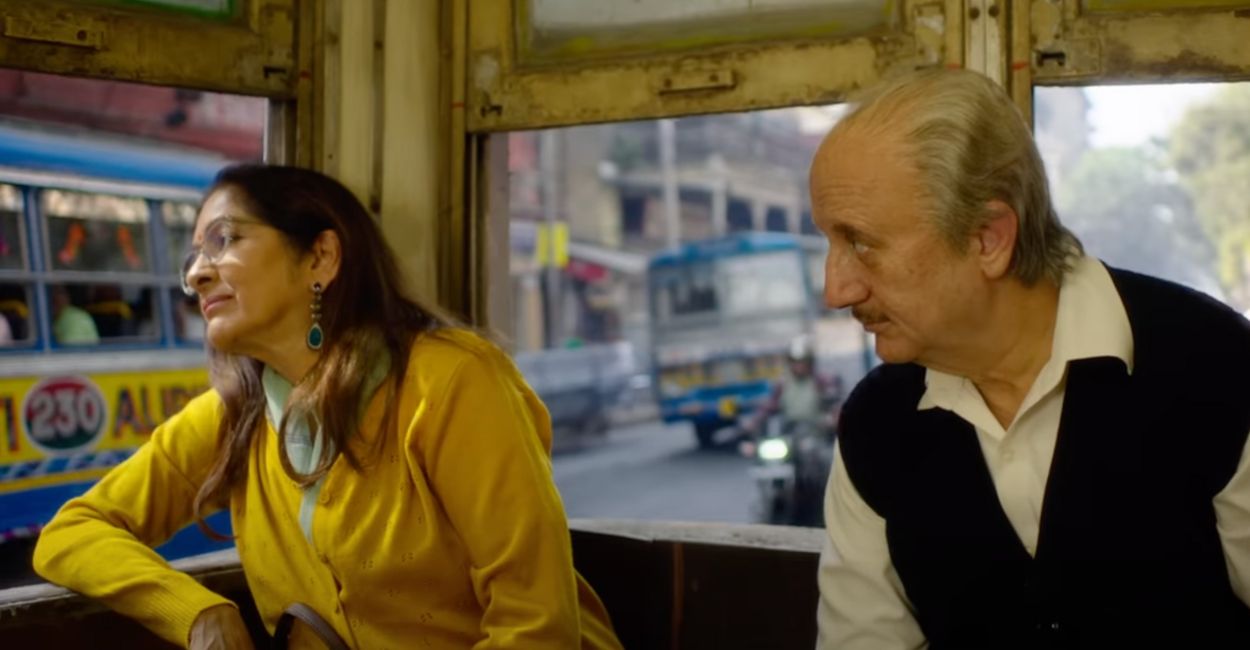There are many things we pretend not to hear. Not to see. Not to notice. Not to question. The child who flinches when a teacher raises their voice. The woman who laughs a little too quickly when asked about the bruise shadowing her arm. The colleague who tenses when a door slams. The girl who sits in the back row and never speaks- her silence labelled as “shy” when in truth it is something far more devastating: trauma that has swallowed language whole. These are not invisible people. We simply choose not to look too closely. We’ve successfully built an entire…...
Sign in with Google to continue reading
💬 Meet Our Members

Julia Orozco
Poet who love nature and writing poetry.
Tamizh Ponni VP
Tamizh Ponni VP is an ambivert who loves to express her skills…

Dr. B.H.S Thimmappa
B.H.S. Thimmappa is a seasoned chemistry professional with extensive experience in developing…

Abhinaba Maitra
Abhinaba Maitra is a Kolkata-based writer with a background in software engineering.…

Sindhu Gopalkrishnan
I love writing as I get to create something beautiful and touch…

Khushi Barman
I'm a 22-year-old Indian psychology student. I have a strong interest in…
Support independent journalism. Your membership keeps us going.
There are many things we pretend not to hear. Not to see. Not to notice. Not to question. The child who flinches when a teacher raises their voice. The woman who laughs a little too quickly when asked about the bruise shadowing her arm. The colleague who tenses when a door slams. The girl who sits in the back row and never speaks- her silence labelled as “shy” when in truth it is something far more devastating: trauma that has swallowed language whole.
These are not invisible people. We simply choose not to look too closely. We’ve successfully built an entire culture around curated ignorance.
It’s easier to call children quiet than to admit that they are frightened. Easier to believe a woman is clumsy than to imagine she is being beaten. We choose comforting euphemisms- “they’re going through a rough patch,” or “he’s just stressed” to shield ourselves from the unbearable truth: to accept that violence is not rare, not distant, not an anomaly. It is ordinary. It is domestic. It is everywhere. And it is happening, now, constantly, just beneath the surface of what we are willing to see.
Inside these homes, everything happens at once. There is no neat progression of harm, no tidy timeline. Instead, there is chaos braided into routine: the yelling, the slammed doors, the missed school forms, the mounting debt, the bailiffs at the door, the fist-sized hole in the living-room wall, the empty fridge, the children who cry themselves to sleep at night, and always, there is the woman. The woman who hasn’t slept properly in months, who rehearses half-truths to recite at the school gate: “He’s just tired.” “She tripped over her toys.” “We’re behind on rent.” Praying no one sees through her.
This woman. She moves through the world like someone half-submerged. Always calculating. Always apologising. She speaks in softened tones, makes herself small in supermarket queues, leaves social functions early. She can’t remember the last time she slept through the night. Her body is tired in places she can’t name. Most of her friendships have thinned to polite texts. Her bank account is watched. Her phone is checked. Her opinions are rationed. She is constantly choosing between danger and dignity. Between what she can say and what she can survive.
And still, she packs lunches. Still, she reads bedtime stories. Still, she keeps going. Not because she’s unbreakable, but because no one has given her permission to fall apart.
She is not failing. She is surviving. So are her children.
We demand resilience from women like this while offering them nothing. Keep going. Keep coping. Keep covering. Show up to work. Get the children to school on time. Say you’re fine. Smile at the neighbours. Blend in. The performance is relentless. And it is not safety. It is surveillance dressed as normality.
And the children, those poor children; the ones we say are “reserved” and “distracted,” yet “overachieving perfectionists.” They are adapting, brilliantly and heartbreakingly, to danger. They become invisible in the hope that he won’t notice them tonight. They hoard snacks in case there’s no dinner. They stare at the floor to avoid triggering rage. This is not shyness. This is terror wearing the only face it knows.
The tragedy is not only in what happens behind closed doors, it is in how spectacularly we miss it.
Perhaps because, as a society, we do not want to see.
Not really.
Not if it means confronting the reality that abuse is not rare.
Not if it means acknowledging that the monster doesn’t always look like one. That he might be articulate, well-dressed, gainfully employed.
That he might be someone we know, someone we like. That he could be you.
We pride ourselves on being vigilant. A caring society. And yet we abandon the most vulnerable again and again; not because they failed to speak, but because we refused to hear them.
We hear their silences, their strained laughter, their subtle flinches, and we choose to call them something else.
We must stop asking, “Why didn’t she say anything?” and start asking, “Why didn’t we listen?”
Because the sounds of domestic violence aren’t always sirens or screams. More often, they’re quiet. Chillingly quiet. A child who won’t make eye contact. A mother who always has a story. A neighbour who pretends not to hear the shouting next door.
That’s not silence.
That’s the sound of violence in real time. The sound of violence learning to disguise itself.
And we hear it every day. We just choose to call it something else.











